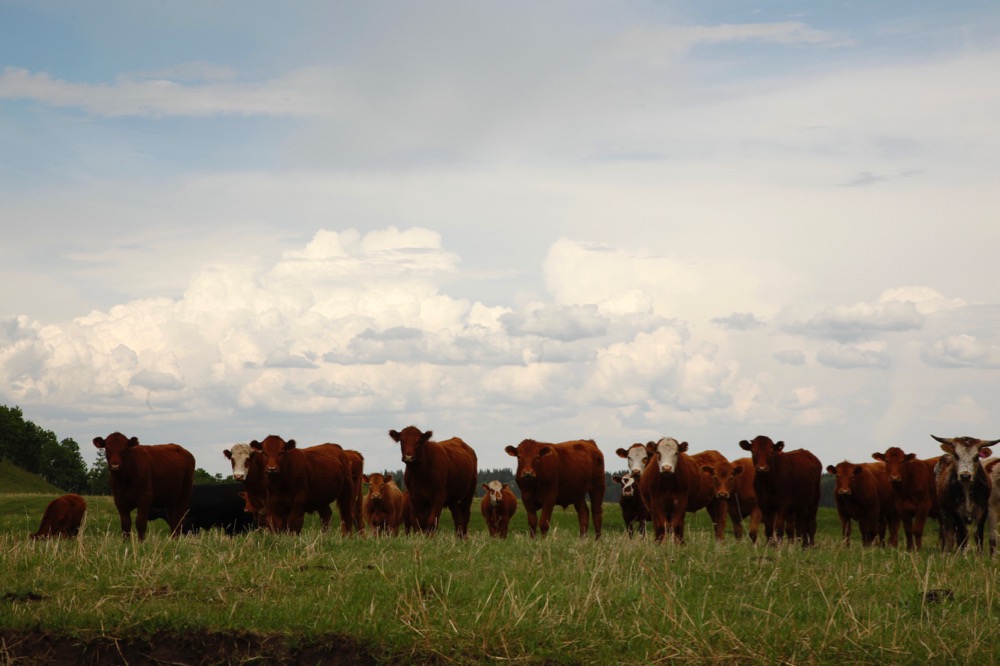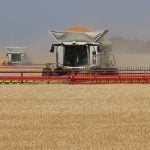Arrived home yesterday from the two-day Alberta Institute of Agrologists (AIA) meeting in Banff, where I was made an honorary member. Not sure if they are trying to “buy” the media with this award, but I can’t be bought. However, I can be rented at a very nominal rate. So feed me lunch and give me an award and AIA has just earned a large number of Media Reward Points, which can be used towards many future stories. Anyway, it was a very nice honor and I thank AIA for the recognition. (I just checked my calendar and I have quite a few openings if anyone else would like to honor me).
Read Also
Some perspectives of what’s in store for 2022
By Lee Hart Between COVID-19, supply-chain disruptions and now the conflict in the Ukraine it seems like any calm or…
AIA also asked me to give the closing remarks to the conference — the conference wrap up— and while I am not a great speaker, I didn’t hesitate to give my two cents worth.
While the conference theme was managing wetlands and agriculture, there wasn’t a huge agricultural component – it surprised me just how many agrologists now are involved in the environment side of things. Many are involved in oil and gas reclamation, as opposed to straight crop production.
Various speakers at the conference focused on the importance of wetlands, whether they are potholes, sloughs, ponds, riparian areas along creeks in farm and ranch country, or vast tracks of swamps and muskeg in the northern Boreal forest regions of the Prairie provinces — they are all wetlands.
Nobody denied that ALL these wetlands are important and have varying degrees of value. They play an important role in flood control, purifying surface water, providing habitat for waterfowl and wildlife, and other benefits.
I think most farmers and ranchers see value in wetlands. A lot of ranchers see direct benefit as sloughs and wetlands provide water, feed and shelter for cattle. As long as the site isn’t producing a ton of poison plants, they are generally good.
Most farmers learn how to manage crop production around ponds, lakes and creeks, but being such a profit-driven, time-sensitive horde, I suspect most view the temporary potholes and sloughs that appear in fields largely as a pain in the ass.
They can’t seed them, if they get too close with machinery they get stuck, and even with GPS and autosteer they are still a pain to work around. I remember doing stories several years ago now with a young Alberta Agriculture conservation specialist Douwe Vanderwel and the focus then was on landscaping fields for slough consolidation and developing grass waterways to carry water off fields without erosion.
Apparently those approaches are no longer kosher and the thinking is to embrace every slough and wet spot as an important part of an ecological system.
Much of the conference focused on the importance of all wetlands, creating a value system to rank some wetlands more important than others, developing a provincial government policy on wetland management, and the need for more research. Everyone emphasized it is a very complex issue that needs to be studied and talked about — we need more dialogue with a wide range of stakeholders — two buzz words that drive me nuts.
Regardless of my last comment, I agree that it is an important and sometimes complex issue. But I really do think that wetland management can get bogged down in the process.
As I told the AIA folks, you can research proper wetland management until the cows come home, but unless there is a strong commitment through government policy, a serious commitment from industry to fix what has been damaged, and a buy in from private land owners who see value in preserving every pot hole, the research isn’t going to have much value.
I have some specific solutions that I will reveal in a later blog, but this one is getting too long and I have to go polish my honorary AIA member plaque.












